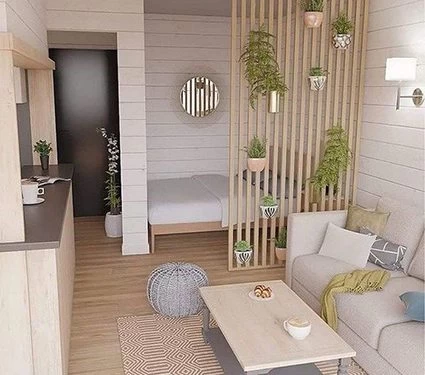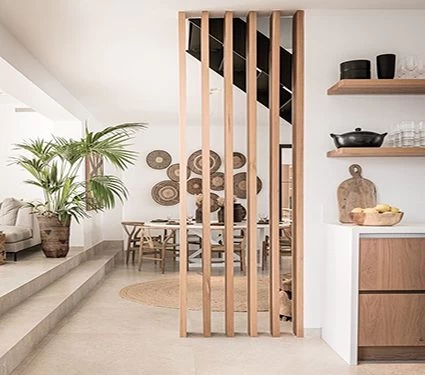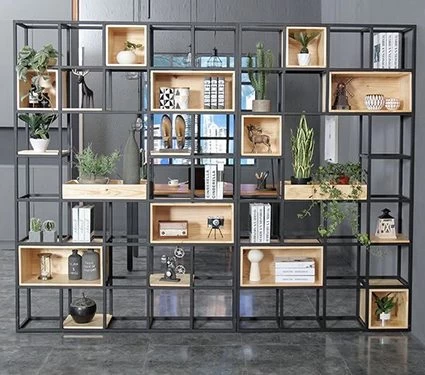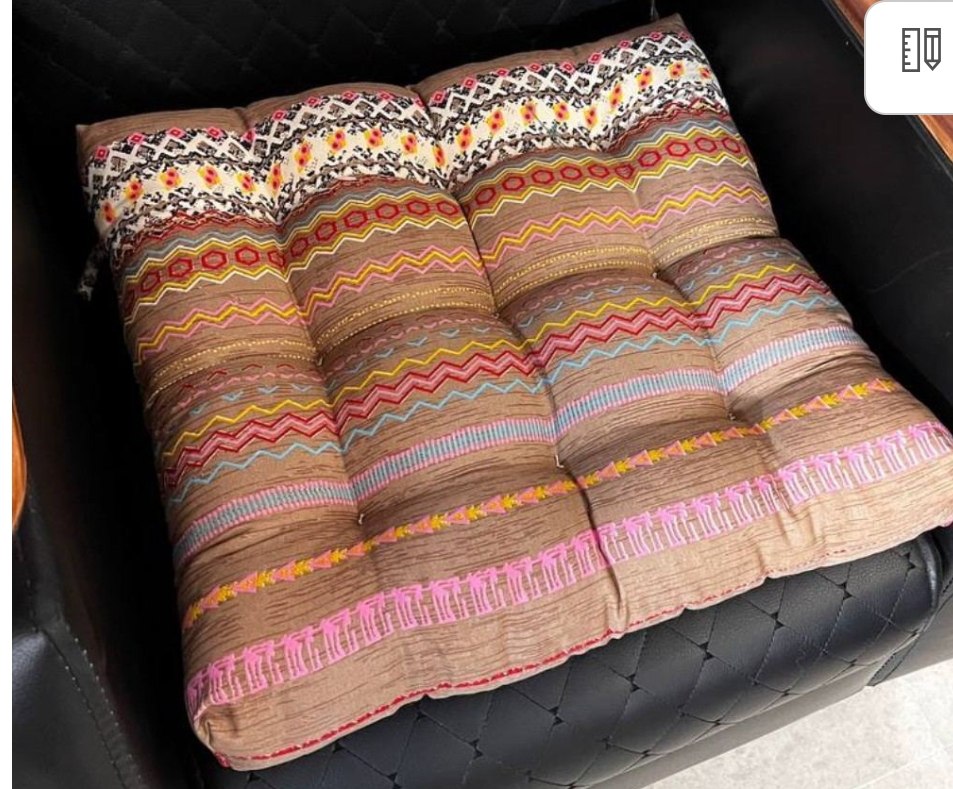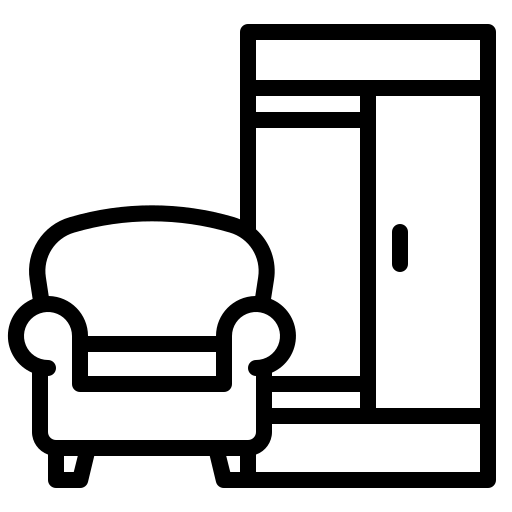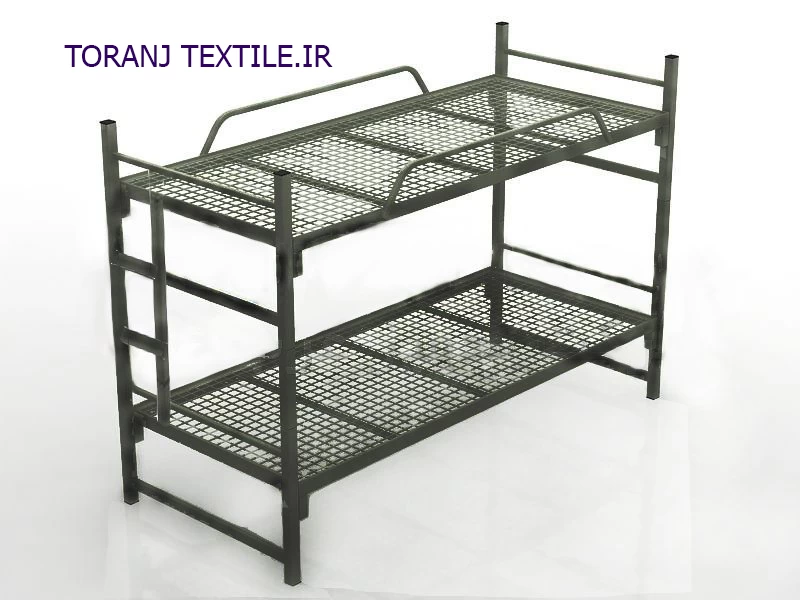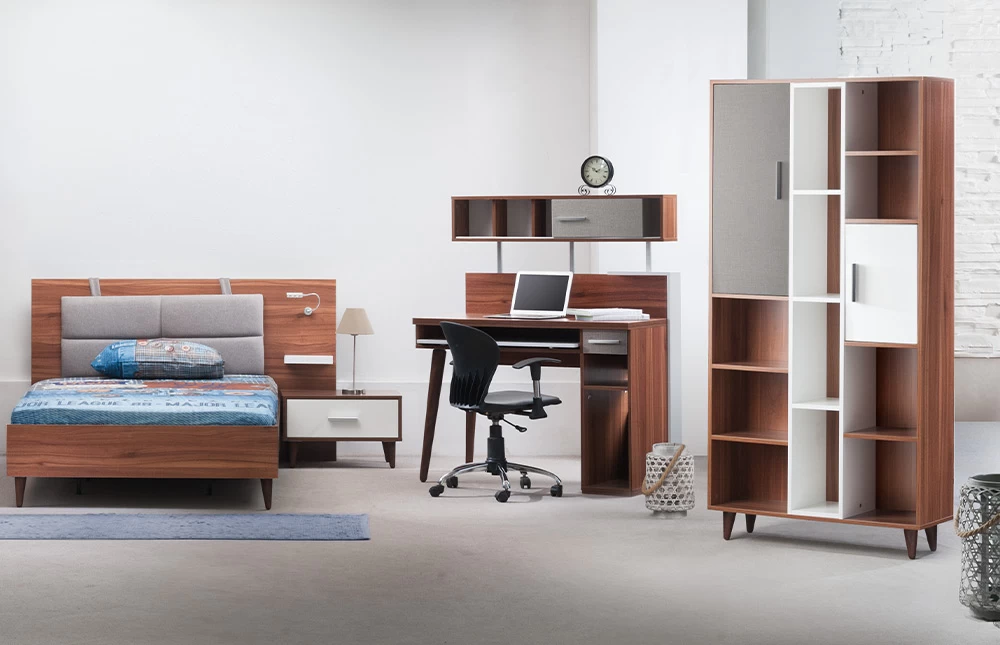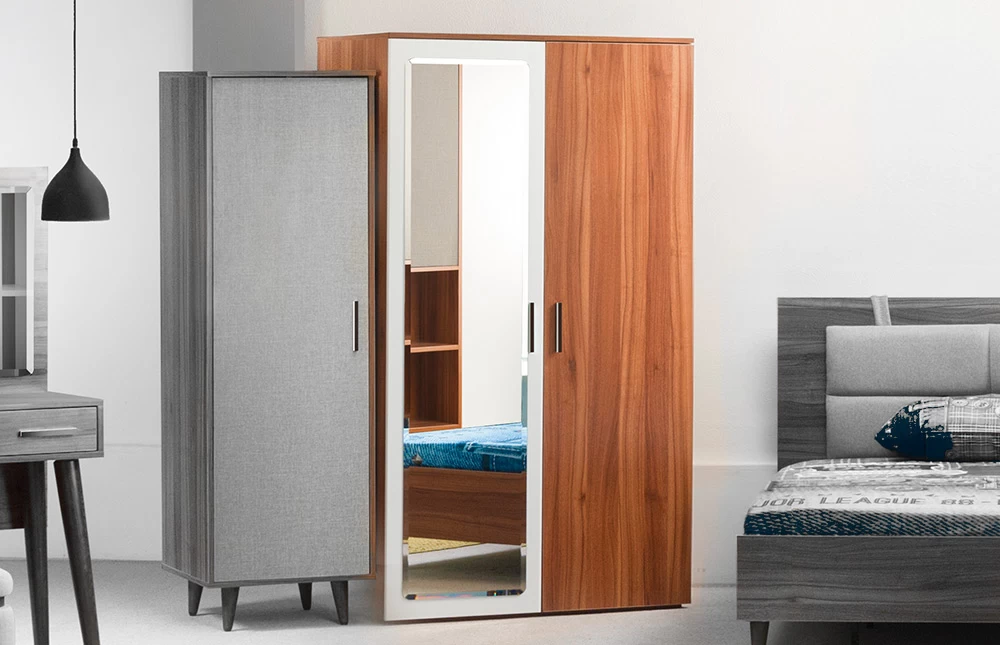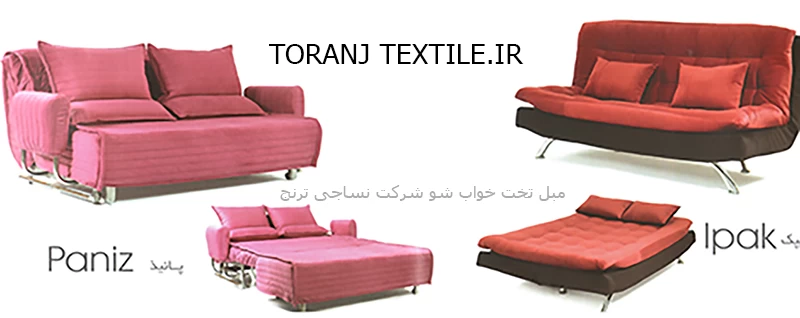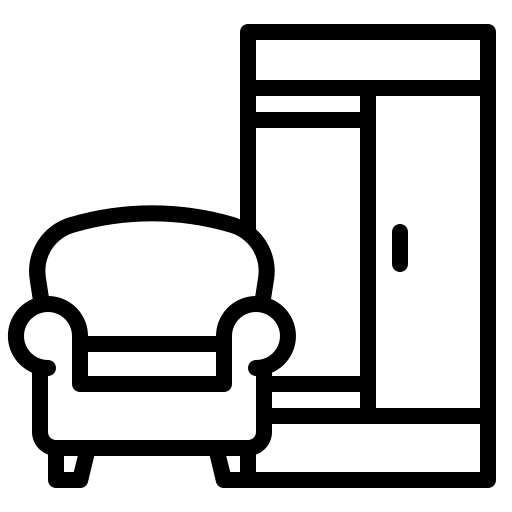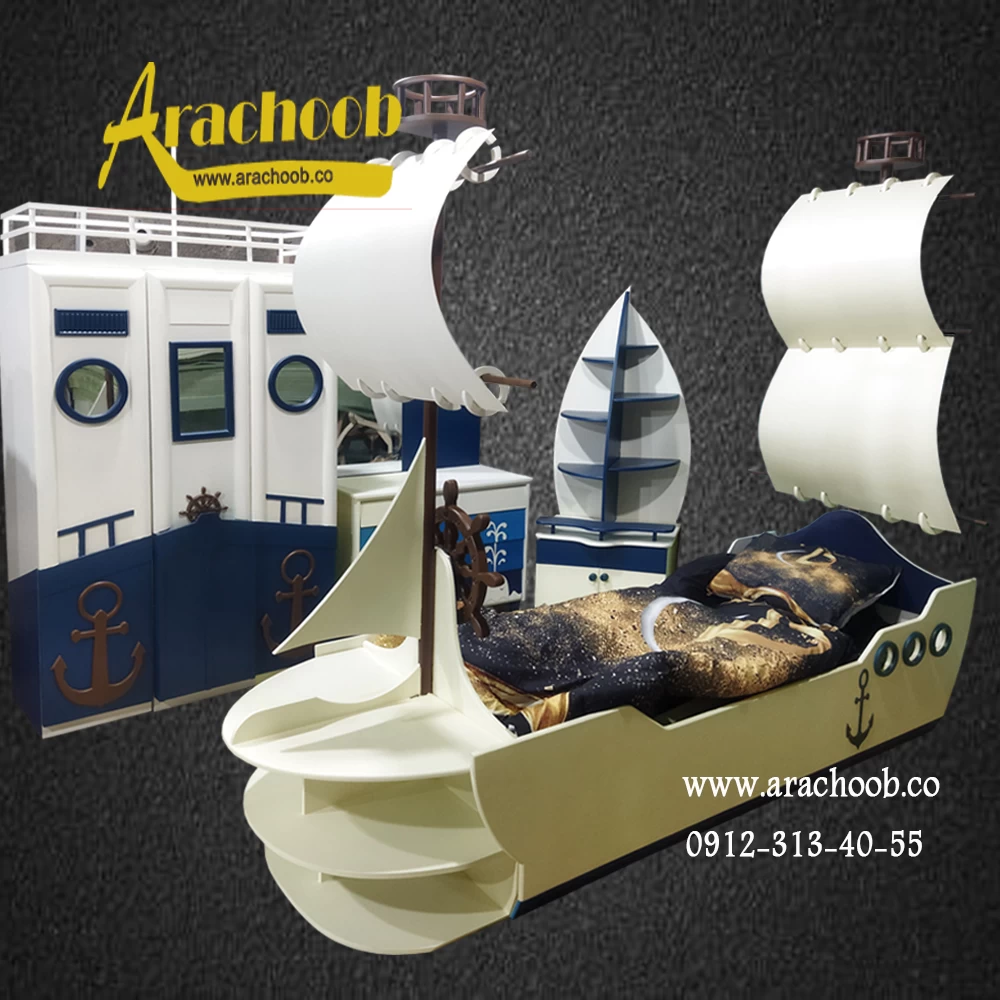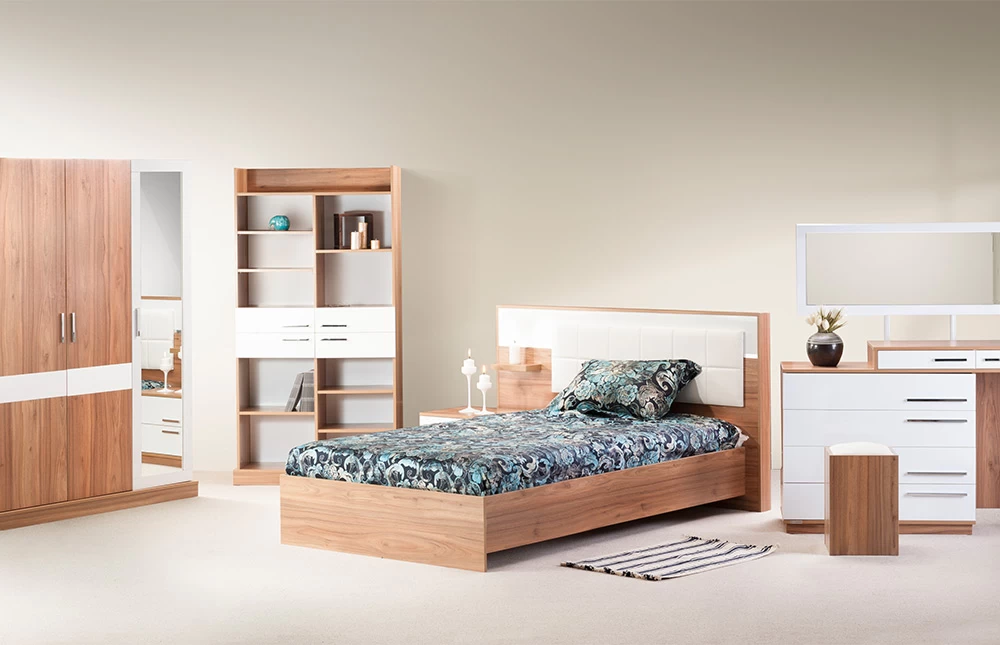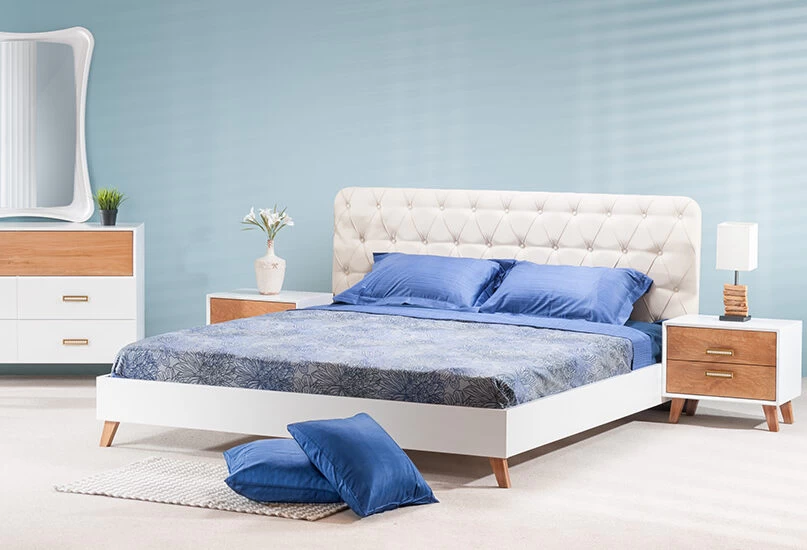Furniture
Furniture plays a crucial role in shaping the aesthetics and functionality of living spaces. Beyond mere practicality, it serves as a reflection of personal taste and style. From the minimalist designs of modern furniture to the ornate details of antique pieces, the world of furniture encompasses a vast array of options.
The evolution of furniture design mirrors societal changes and technological advancements. In ancient times, furniture was often simple and utilitarian, primarily serving practical needs. As civilizations progressed, so did the craftsmanship and artistry applied to furniture. The Renaissance era, for example, introduced intricate carvings and elaborate detailing, showcasing a fusion of form and function.
In the contemporary era, functionality remains paramount, but design has taken center stage. Furniture designers now experiment with materials, combining traditional craftsmanship with innovative techniques. Sustainability has also become a key consideration, leading to the rise of eco-friendly materials and practices.
Living rooms are often anchored by statement pieces such as sofas and coffee tables, while bedrooms feature essential items like beds and dressers. The dining area showcases tables and chairs that bring people together. Outdoor spaces are furnished with weather-resistant pieces, extending the living area to the open air.
The rise of multifunctional furniture caters to the practical needs of modern living in smaller spaces. Sofa beds, storage ottomans, and convertible tables exemplify the adaptability required in contemporary lifestyles. Technology integration, such as charging ports in furniture, reflects the seamless blending of the digital and physical realms.
Ultimately, furniture is more than just objects; it's an integral part of our daily lives, influencing how we interact with our surroundings. Whether it's a sleek, modern office chair or a cozy vintage armchair, furniture enhances both the visual appeal and functionality of spaces, making it an essential aspect of interior design and personal expression.
_1710690457.jpg)
Furniture encompasses a wide range of items designed for various purposes within living and working spaces. The essential categories of furniture include:
1. Seating:Sofas, chairs, recliners, benches, and stools contribute to the comfort and style of a room. Each type serves a unique purpose, from formal dining chairs to casual lounge seating.
2. Tables:From dining tables and coffee tables to desks and side tables, this category provides surfaces for various activities. Tables are often central to both functional and aesthetic aspects of a room.
3. Storage:Cabinets, dressers, wardrobes, and shelving units are crucial for organizing and storing items. They contribute to maintaining a clutter-free and organized living space.
4. Beds: A fundamental component of bedrooms, beds come in various sizes and styles. Bed frames, headboards, and mattresses together create a comfortable and personalized sleeping area.
5. Office Furniture: Desks, office chairs, bookshelves, and filing cabinets are designed to facilitate workspaces, promoting productivity and organization.
6. Outdoor Furniture:Patio sets, loungers, and garden furniture extend living spaces to the outdoors, providing a comfortable environment for relaxation and entertainment.
7. Entertainment Units: TV stands, media consoles, and entertainment centers house electronic devices and media collections, contributing to the overall design of a living room.
8. Children's Furniture: Specially designed for the younger population, this includes items like cribs, bunk beds, and child-sized tables and chairs.
9. Accent Furniture:Decorative pieces like accent chairs, side tables, and ottomans add flair to a room. They serve both aesthetic and functional purposes, often complementing the primary furniture.
10. Bedroom Accessories: Nightstands, vanity tables, and bedroom decor contribute to the ambiance of the sleeping area.
11. Dining Furniture:Dining tables and chairs form the core of dining rooms, providing a space for meals and gatherings.
12. Specialty Furniture: This category includes unique or specialized items like bar stools, home office furniture, and items designed for specific purposes or spaces.
Overall, the diversity of furniture types allows for customization, enabling individuals to create spaces that align with their preferences, needs, and lifestyles.
Furniture exporting is a dynamic aspect of the global trade industry, involving the shipment of a wide array of furniture items across borders. This sector contributes significantly to the economies of countries with robust furniture industries and has its unique set of considerations.
1. Diverse Product Range: Exported furniture encompasses a diverse range of products, including traditional and modern designs, crafted from various materials such as wood, metal, plastic, and upholstery fabrics. This diversity allows exporting countries to cater to different market preferences.
2. Market Trends and Design Adaptation: Successful furniture exporters stay attuned to international market trends and consumer preferences. They often adapt their designs, materials, and manufacturing processes to meet the demands of different cultures and regions.
3. Quality Standards and Certification: Adherence to quality standards is crucial in furniture exporting. Many countries have specific regulations and certifications for furniture products, ensuring safety, durability, and compliance with environmental standards. Meeting these requirements is essential for accessing and maintaining markets.
4. Logistics and Shipping: Efficient logistics and shipping processes are paramount in furniture exporting due to the often bulky and delicate nature of furniture items. Proper packaging and handling are critical to prevent damage during transit, and reliable shipping partners play a crucial role in ensuring timely deliveries.
5. Customs and Tariffs: Exporting furniture involves navigating international trade regulations, tariffs, and customs procedures. Exporters need to be familiar with the specific requirements of each target market, including any trade agreements or restrictions in place.
6. Marketing and Branding: Establishing a strong brand presence in target markets is essential for success in furniture exporting. Effective marketing strategies, including digital platforms and participation in international trade fairs, can help exporters showcase their products and build a positive reputation.
7. Currency Fluctuations:Furniture exporters must navigate currency fluctuations, as changes in exchange rates can impact pricing and profit margins. Adopting effective currency risk management strategies is crucial for maintaining financial stability.
8. Sustainable Practices: Many consumers worldwide prioritize sustainable and eco-friendly products. Furniture exporters increasingly focus on incorporating sustainable practices in their production processes, using responsibly sourced materials, and obtaining relevant certifications to appeal to environmentally conscious markets.
9. After-Sales Service: Providing reliable after-sales service, including warranty support and spare parts availability, enhances the reputation of furniture exporters. This commitment to customer satisfaction contributes to long-term business relationships and repeat business.
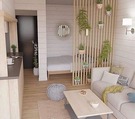
In essence, successful furniture exporting involves a combination of product quality, market understanding, regulatory compliance, and efficient logistics. By navigating these aspects effectively, furniture exporters can thrive in the global marketplace.
Furniture plays a fundamental and multifaceted role in home design, influencing both the aesthetic and functional aspects of living spaces. Here are key roles it plays:
1. Functionality:Furniture serves as the functional backbone of a home. Each piece is carefully selected to fulfill specific needs—whether it's a sofa for lounging, a dining table for meals, or a bed for rest. The functionality of furniture contributes to the overall usability and comfort of a living space.
2. Space Planning: Furniture is integral to space planning within a home. Proper arrangement and selection of furniture pieces define the layout and flow of rooms, ensuring efficient use of space and creating a harmonious balance between open areas and defined zones.
3. Aesthetic Expression: Furniture is a powerful tool for expressing personal style and taste. The design, color, and materials of furniture contribute to the overall aesthetic of a home. From sleek and modern to classic and traditional, the choice of furniture sets the tone for the visual identity of a space.
4. Ambiance and Mood: Different furniture styles and arrangements can evoke specific moods within a home. For example, cozy and plush furniture in the living room can create a warm and inviting atmosphere, while minimalist and sleek designs may promote a more modern and streamlined feel.
5. Focal Points: Certain standout furniture pieces can serve as focal points in a room, drawing attention and anchoring the design. A statement sofa, an elegant dining table, or a unique accent chair can become central elements that capture the eye and contribute to the overall design narrative.
6. Versatility and Adaptability: Furniture often needs to adapt to various activities and occasions within a home. Pieces that offer versatility, such as extendable dining tables or modular sofas, allow residents to tailor their living spaces to accommodate different needs and events.
7. Storage Solutions:Furniture provides essential storage solutions, helping to keep a home organized and clutter-free. Wardrobes, cabinets, and shelving units not only store belongings but also contribute to the visual tidiness of a space.
8. Cohesive Design Theme:Coordinating furniture choices contributes to a cohesive design theme throughout a home. Consistent styles, colors, or materials create a unified look, tying different rooms together and enhancing the overall aesthetic appeal.
9. Personalization:Homeowners use furniture to personalize their living spaces, reflecting their individuality and creating a sense of identity within their home. Customization options, from fabric choices to furniture arrangements, allow for a unique and personal touch.
In summary, furniture is a pivotal element in home design, blending functionality with aesthetics to create spaces that are not only visually appealing but also tailored to the lifestyle and preferences of the residents.
_1710690457.jpg)
Furniture encompasses a wide range of items designed for various purposes within living and working spaces. The essential categories of furniture include:
Furniture exporting is a dynamic aspect of the global trade industry, involving the shipment of a wide array of furniture items across borders. This sector contributes significantly to the economies of countries with robust furniture industries and has its unique set of considerations.

Furniture plays a fundamental and multifaceted role in home design, influencing both the aesthetic and functional aspects of living spaces. Here are key roles it plays:
FAQs
Why is furniture important?
Furniture is important for its functionality, enhancing comfort and usability, contributing to the aesthetic appeal of spaces, and allowing individuals to personalize their living environments.
What is the most important piece of furniture?
There isn't a single most important piece, as it depends on individual needs, but essentials like a bed for rest or a sofa for seating are often considered crucial.
What are the benefits of home furniture?
Benefits of home furniture include enhanced functionality, improved aesthetics, personalized expression, efficient space utilization, and increased comfort and organization.
What's important factors while buying home furniture?
Key factors include measuring available space, considering functionality, ensuring comfort, assessing quality and durability, matching styles, and staying within budget.
 +7929688-88-14
+7929688-88-14

 English
English
 Persian
Persian
 Russian
Russian
 Chinese
Chinese


 +7929688-88-14
+7929688-88-14

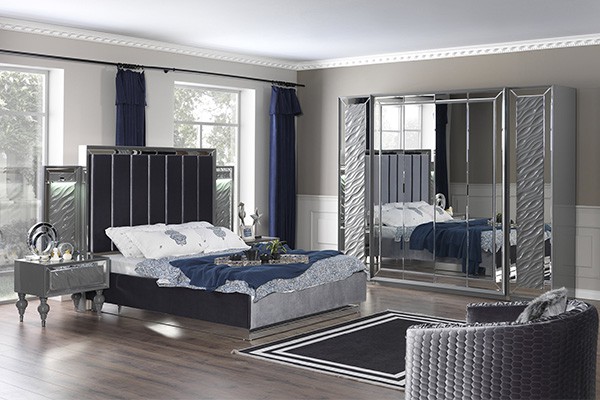

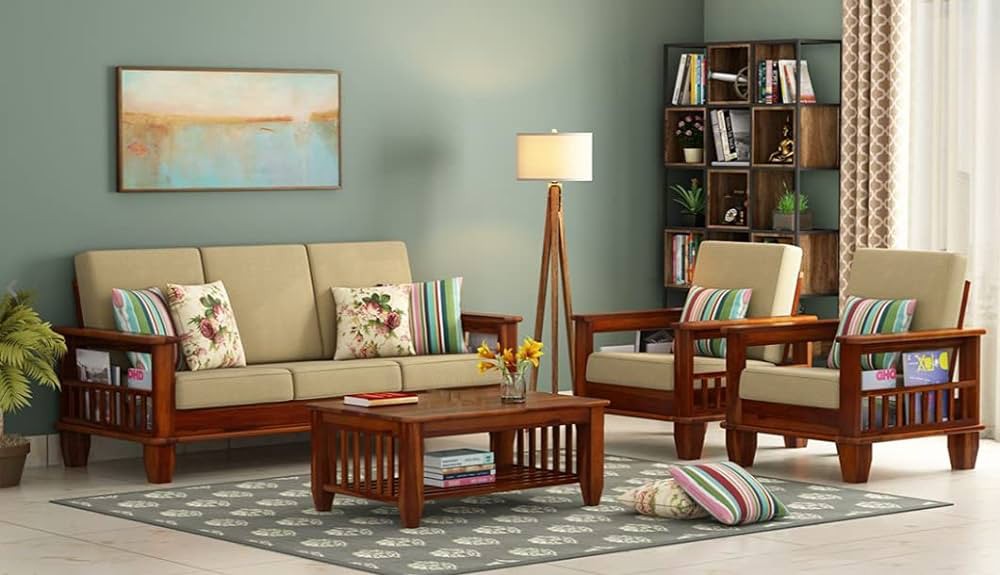
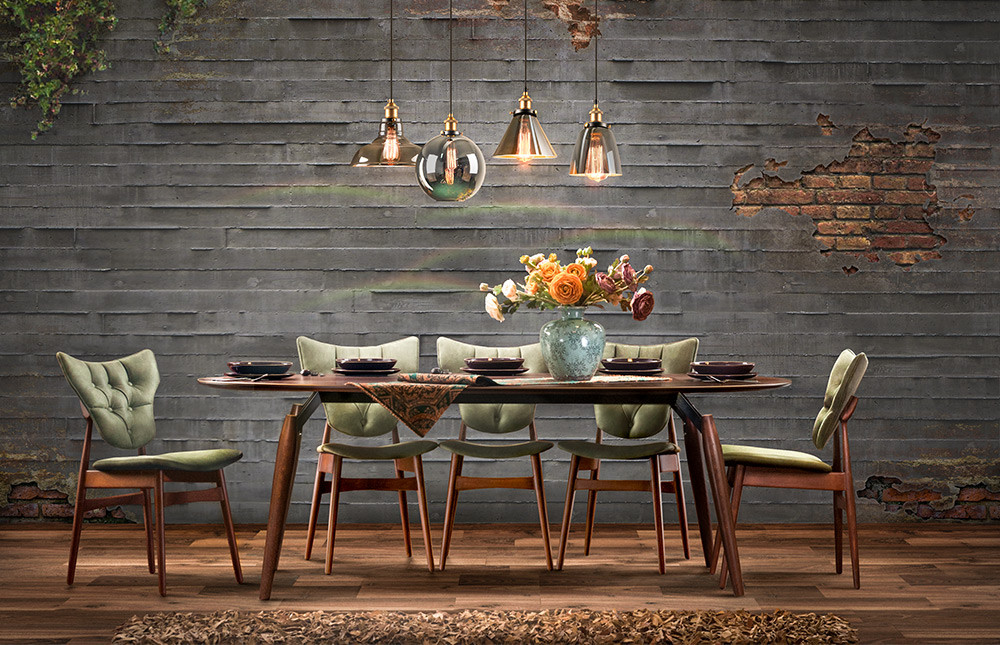
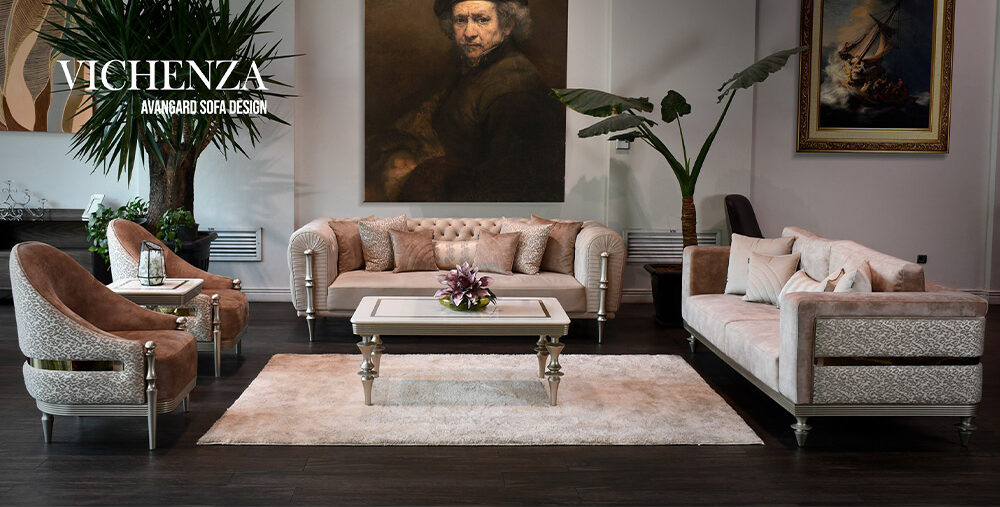
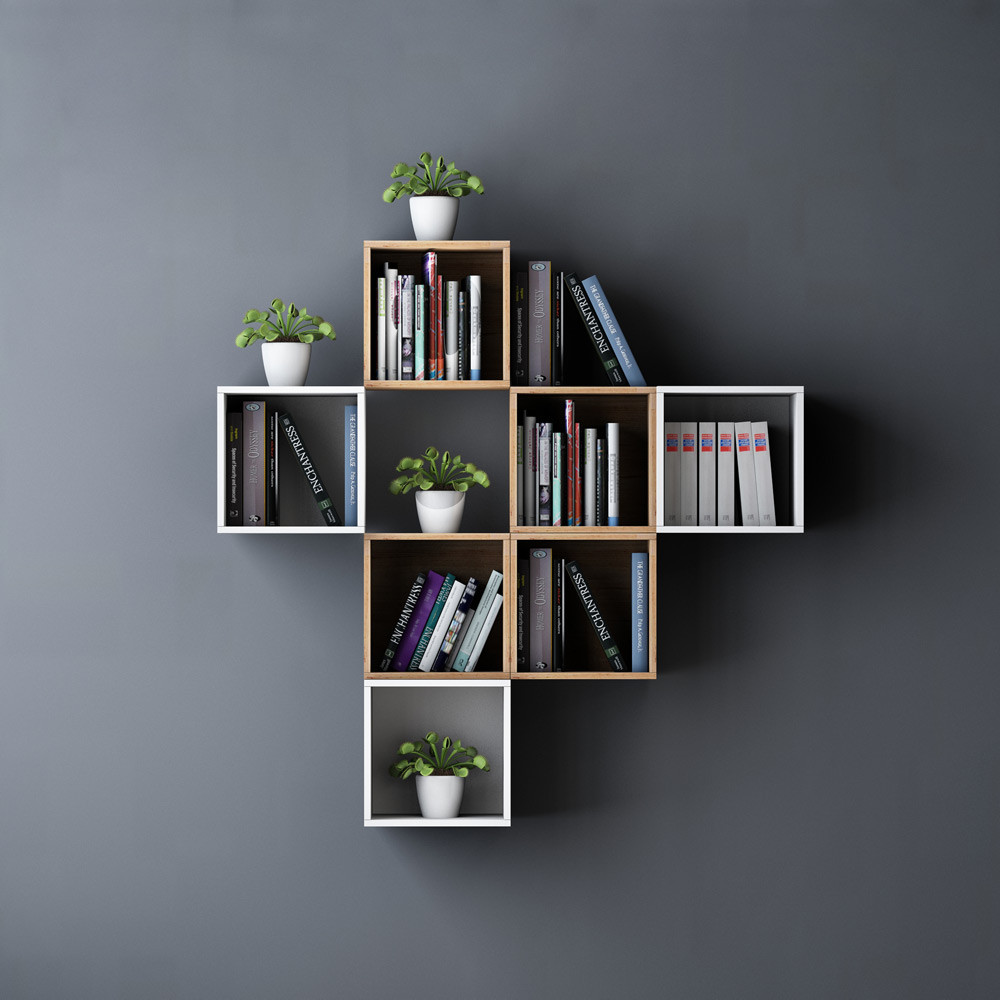
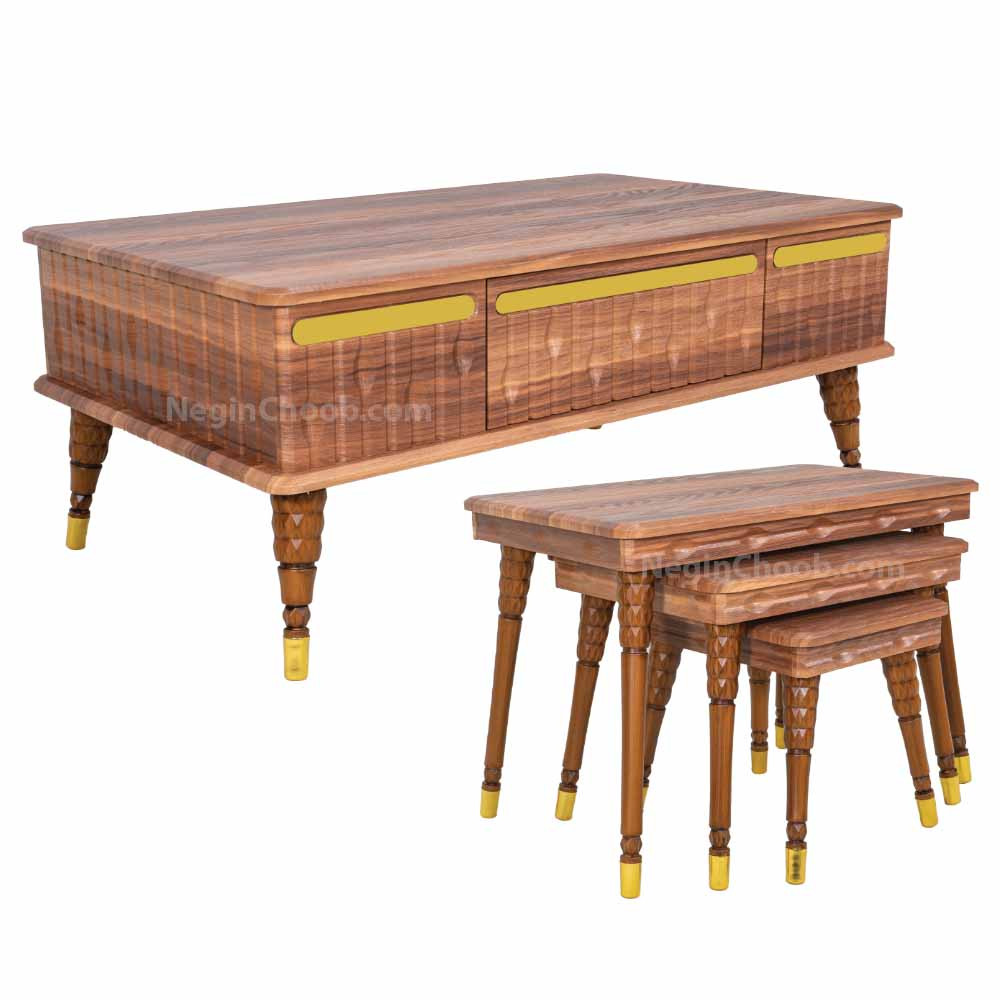
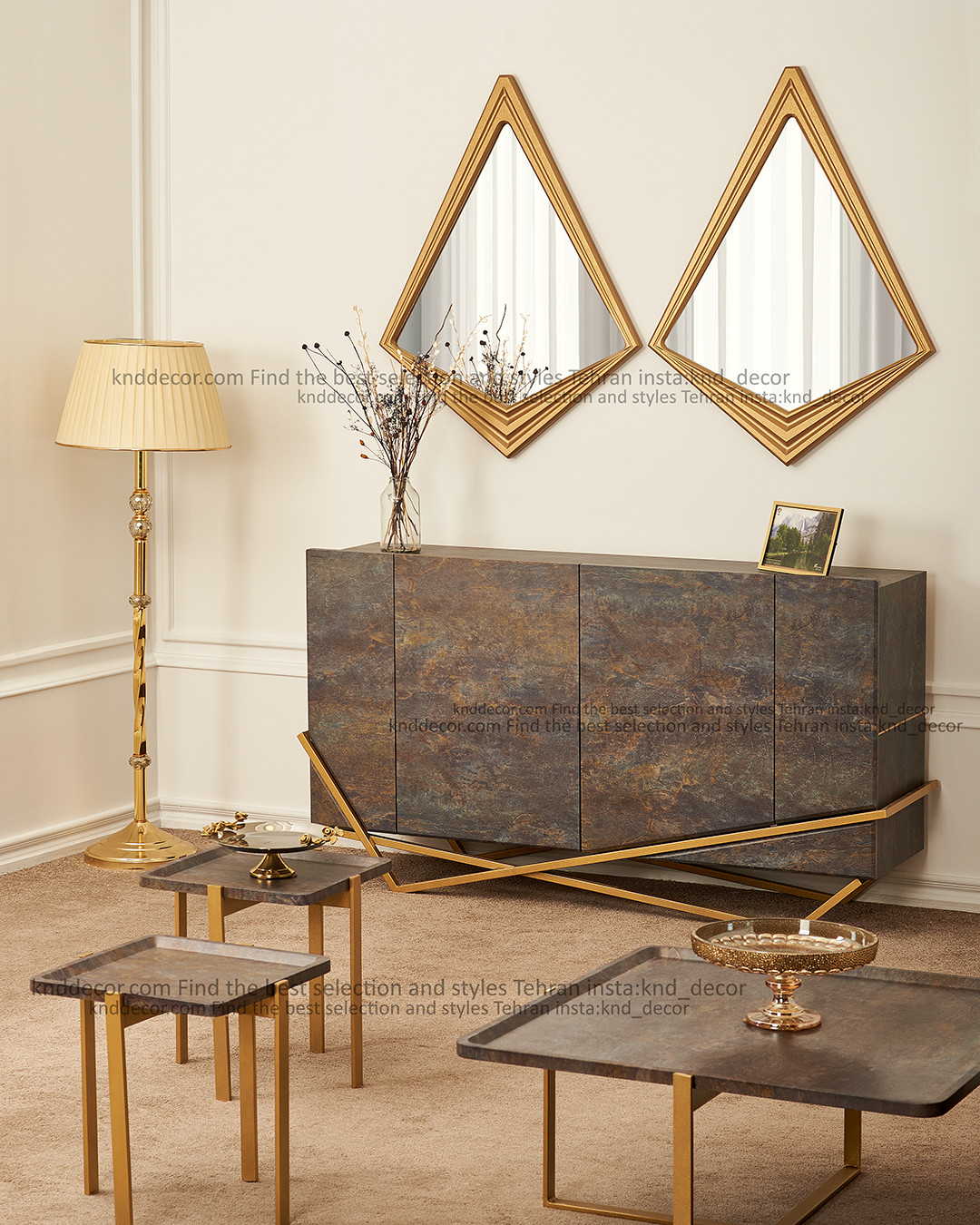
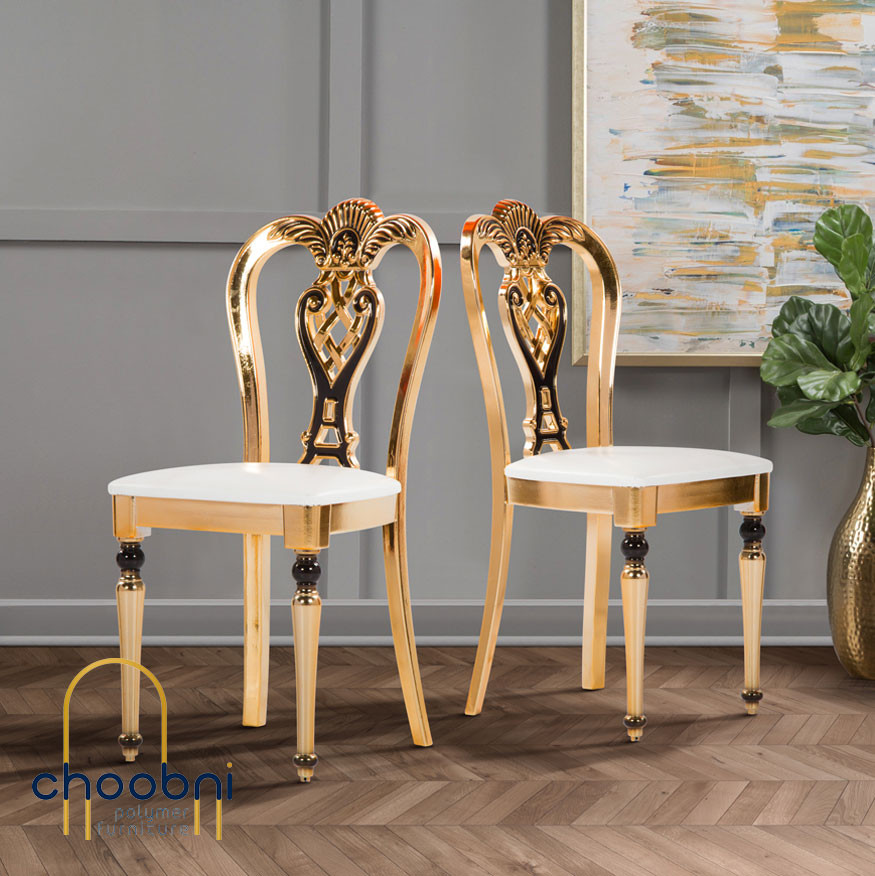
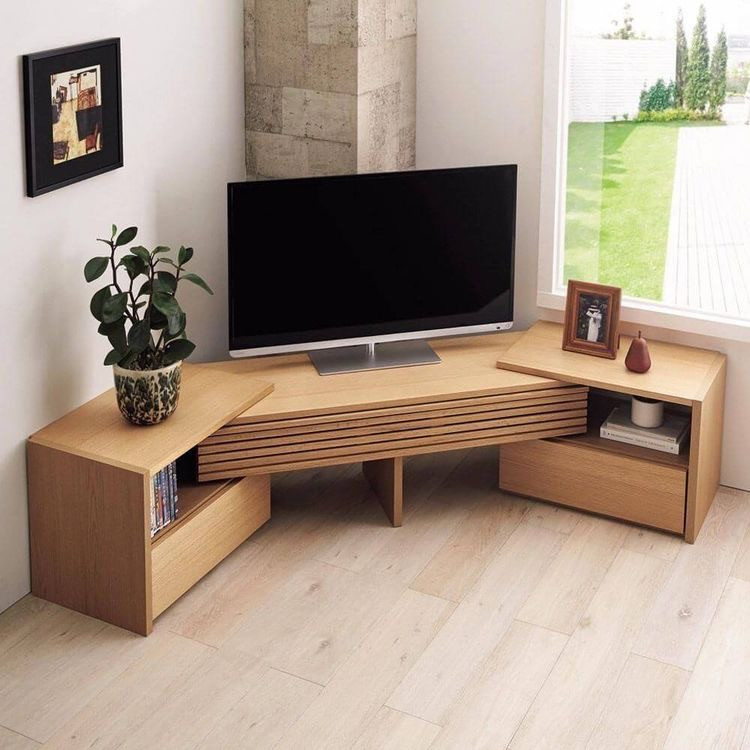
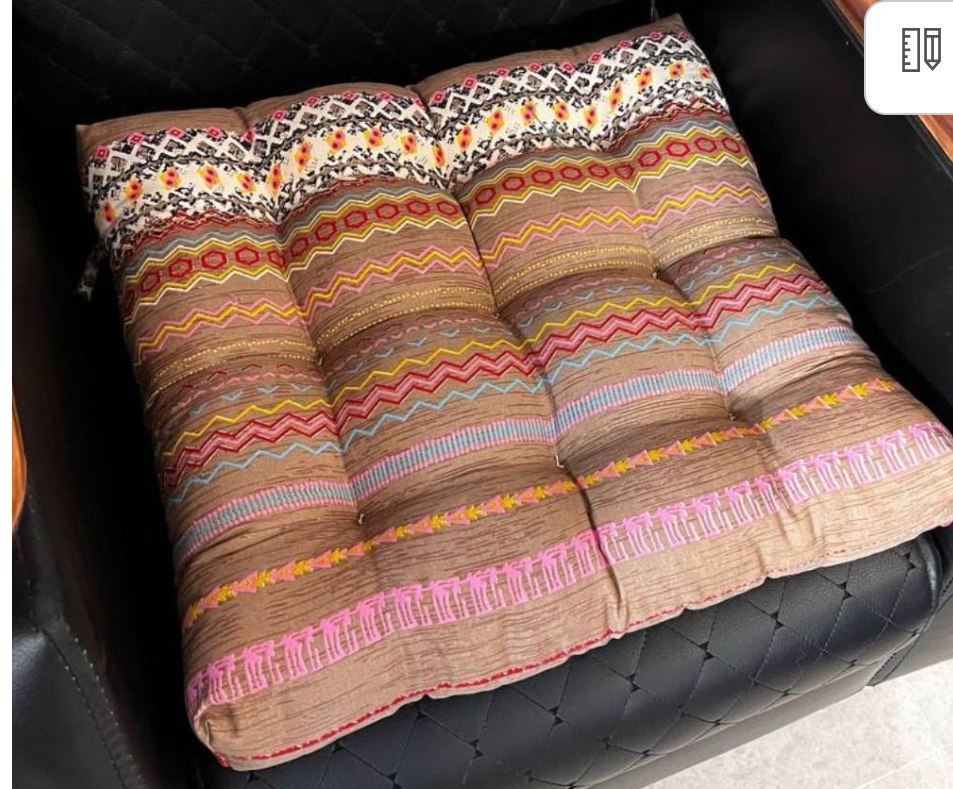

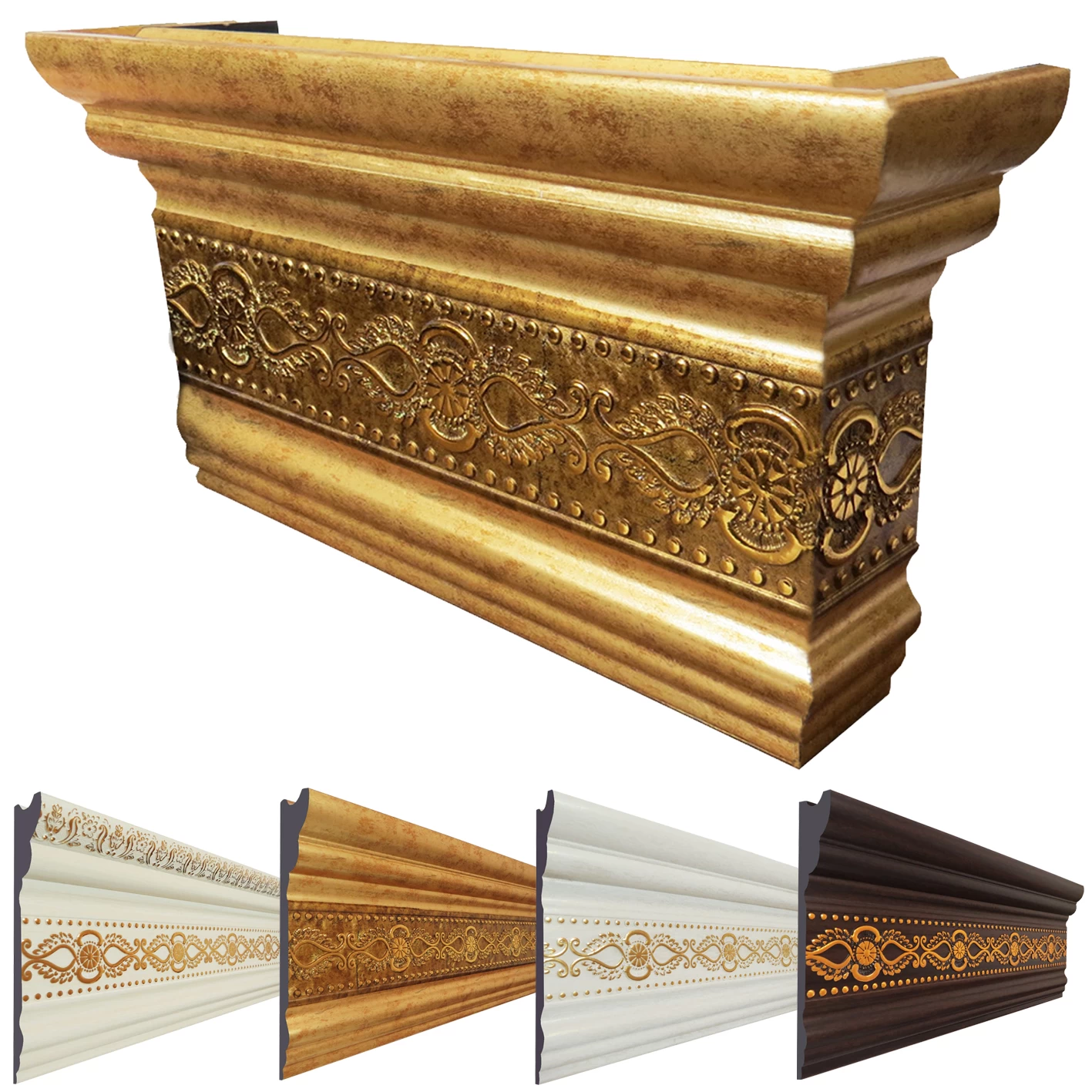
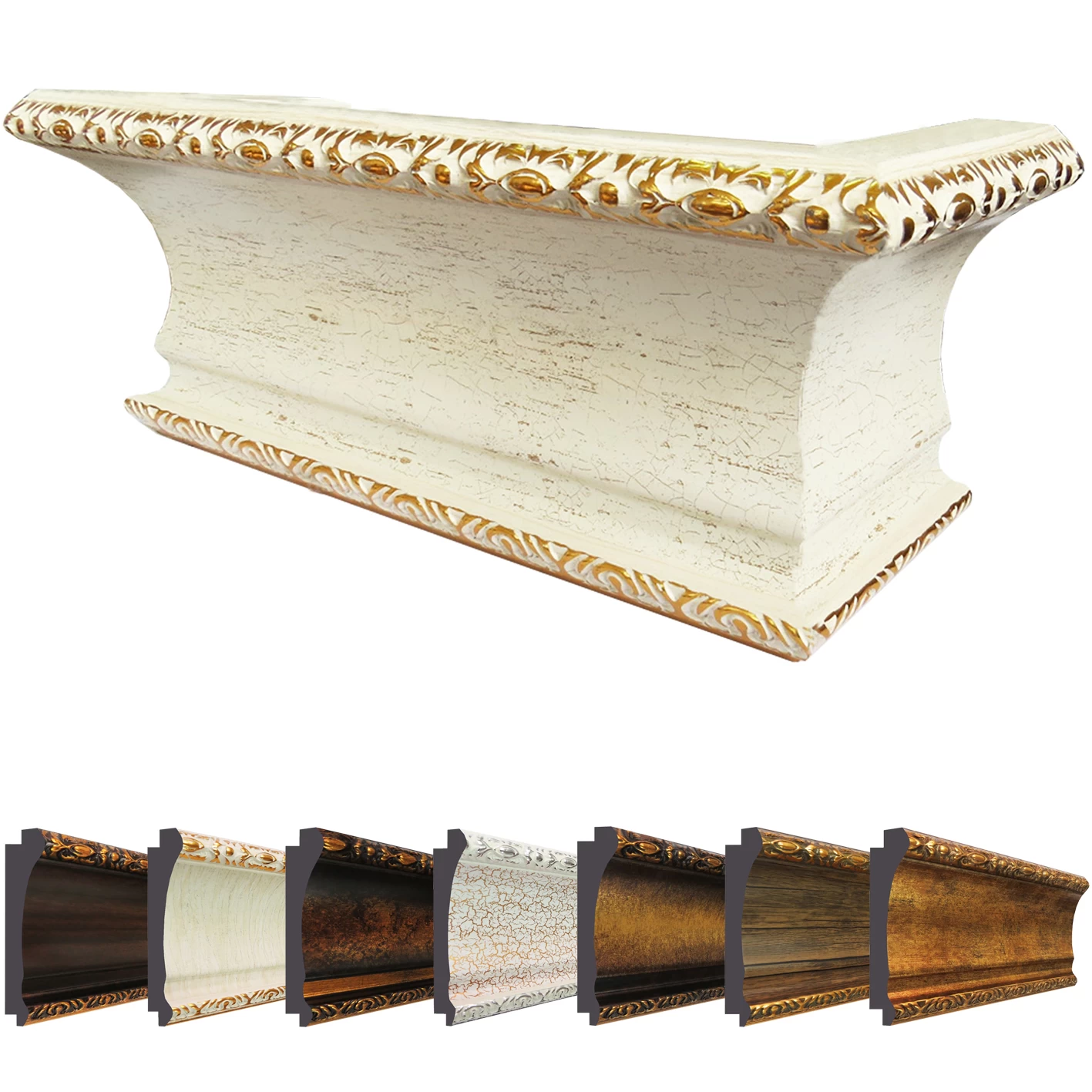
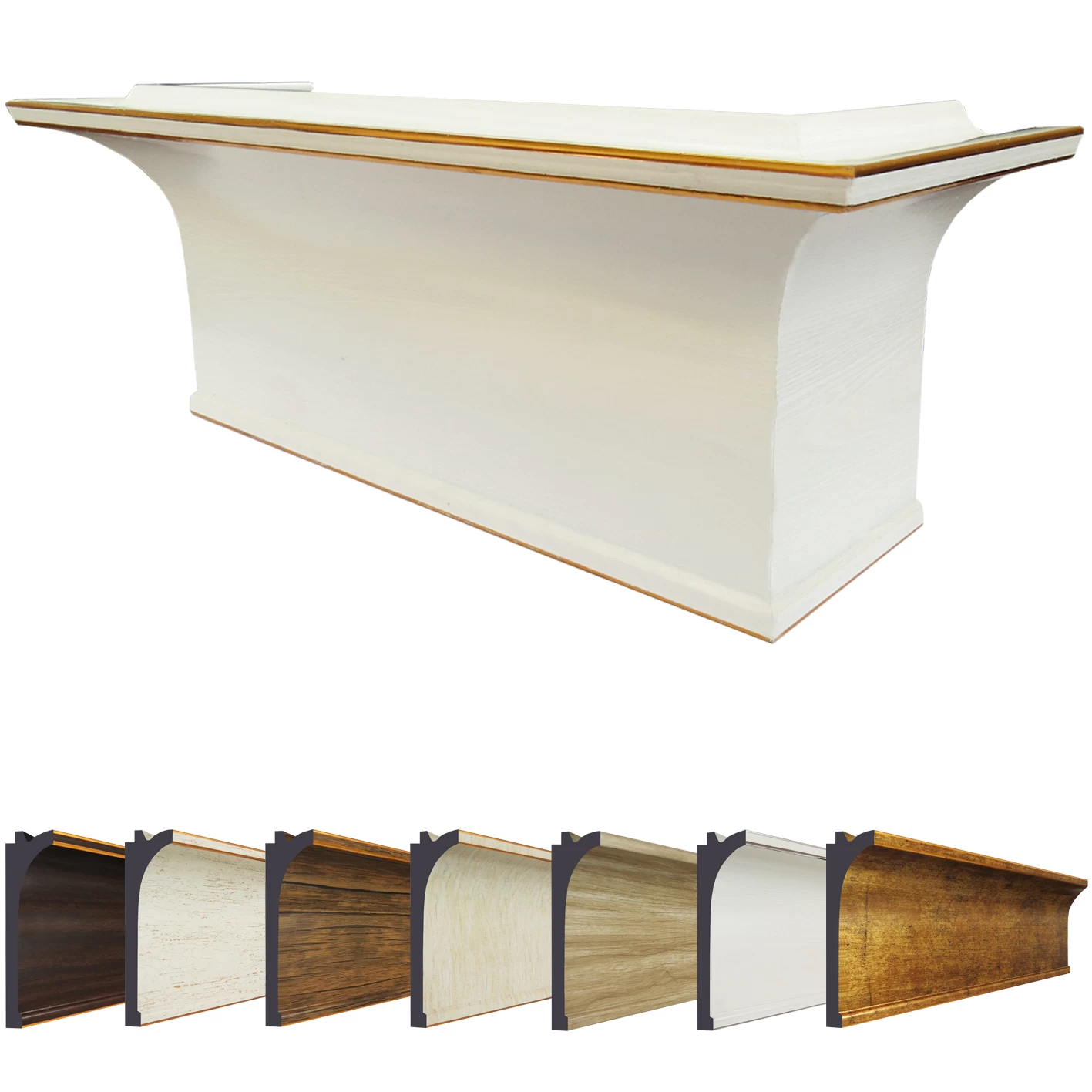
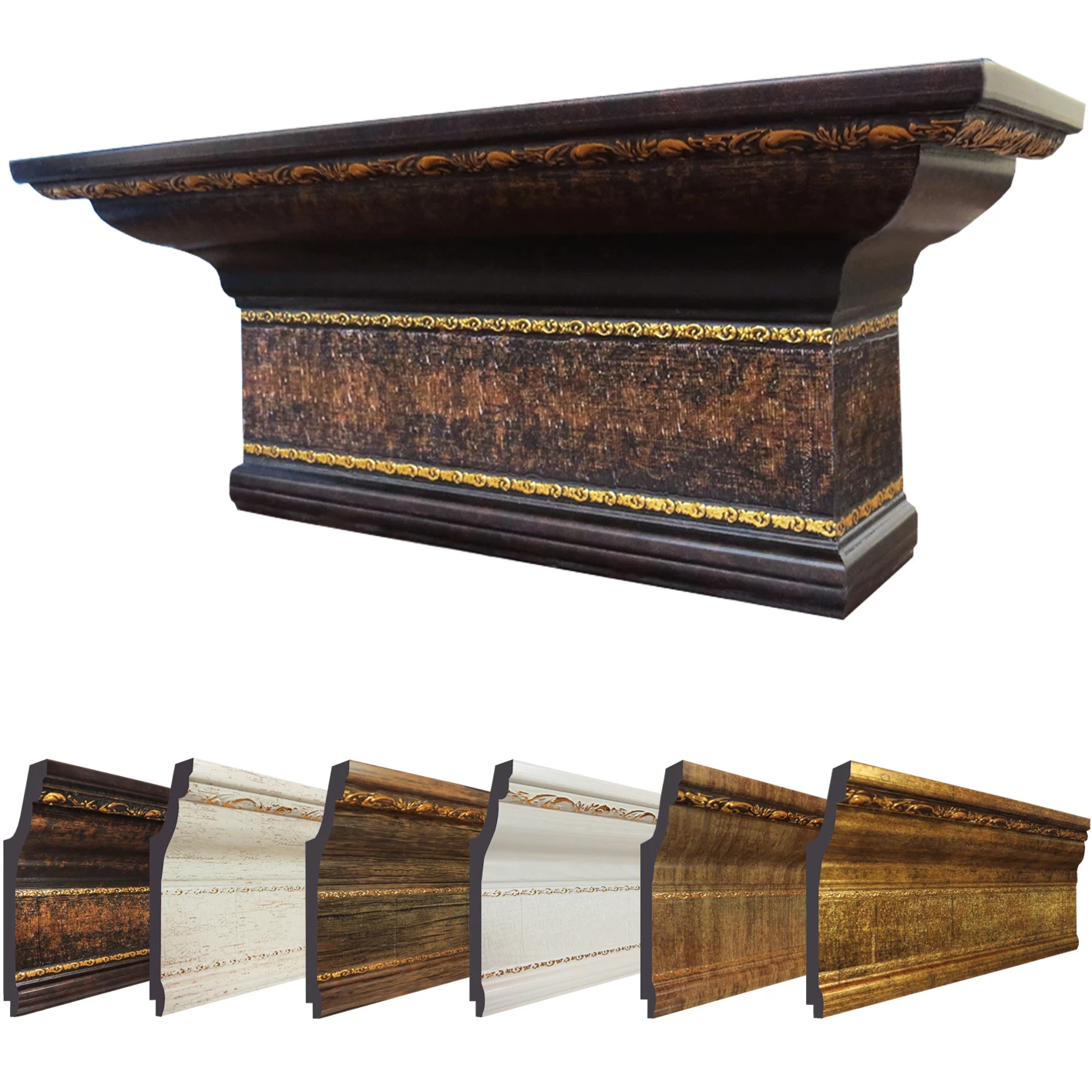
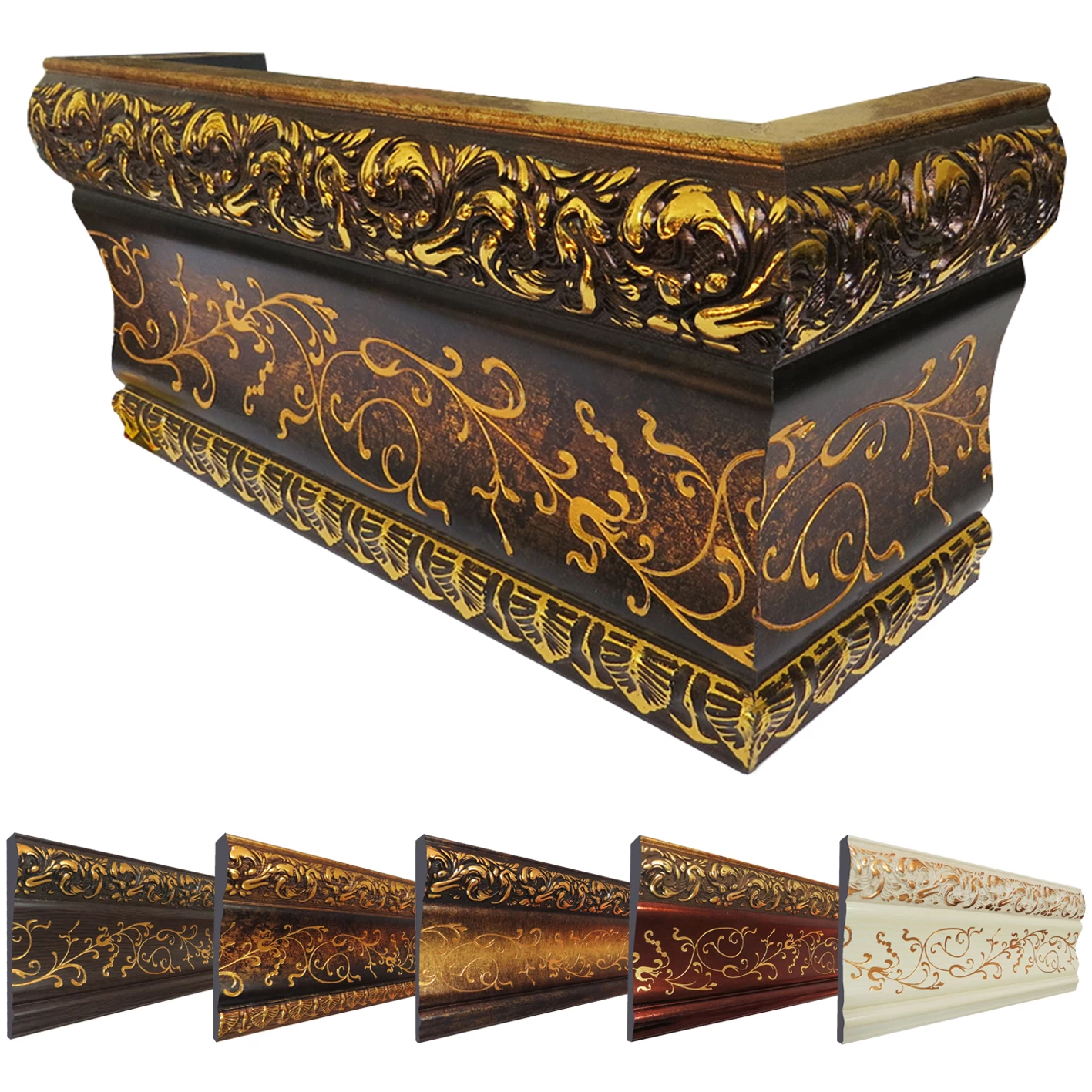
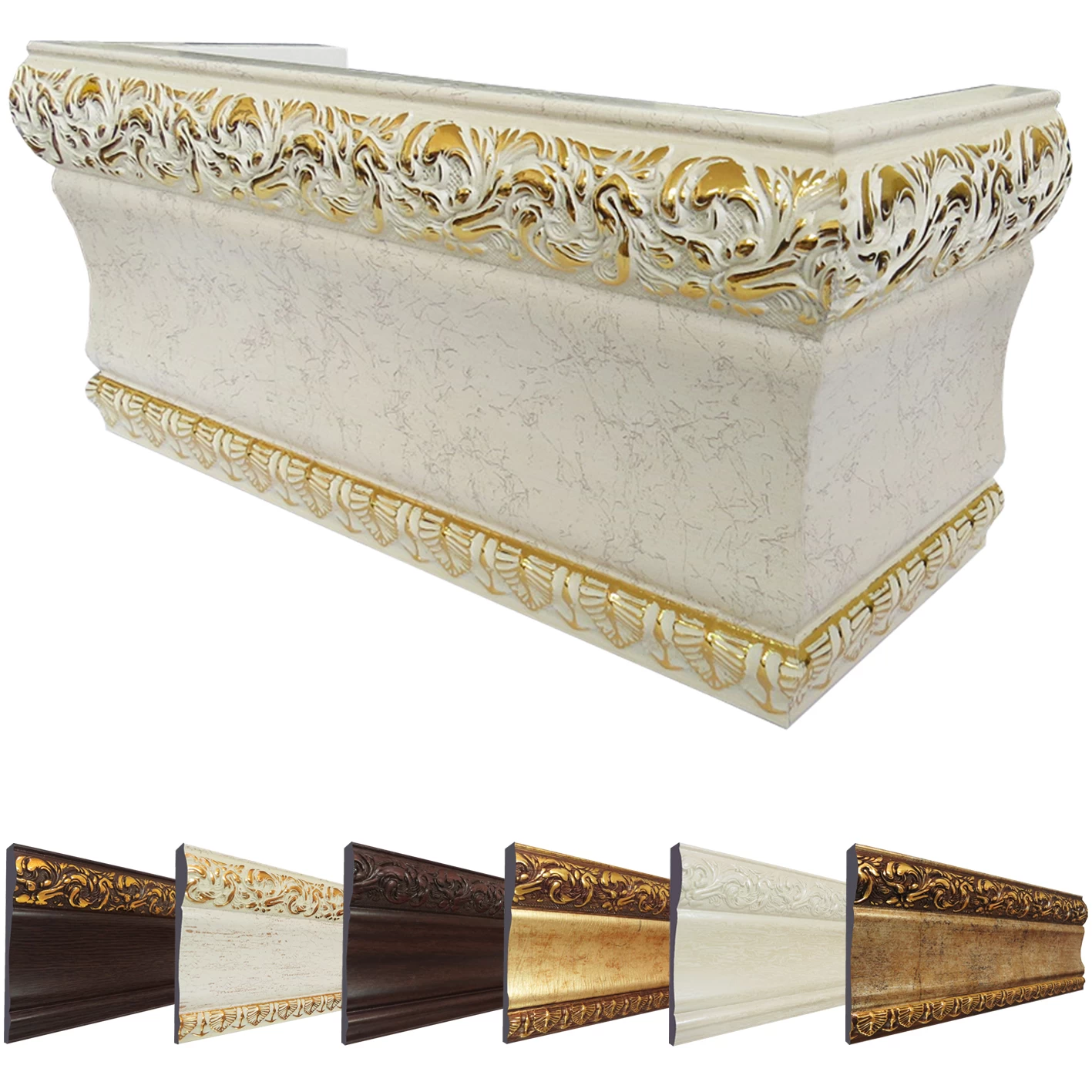
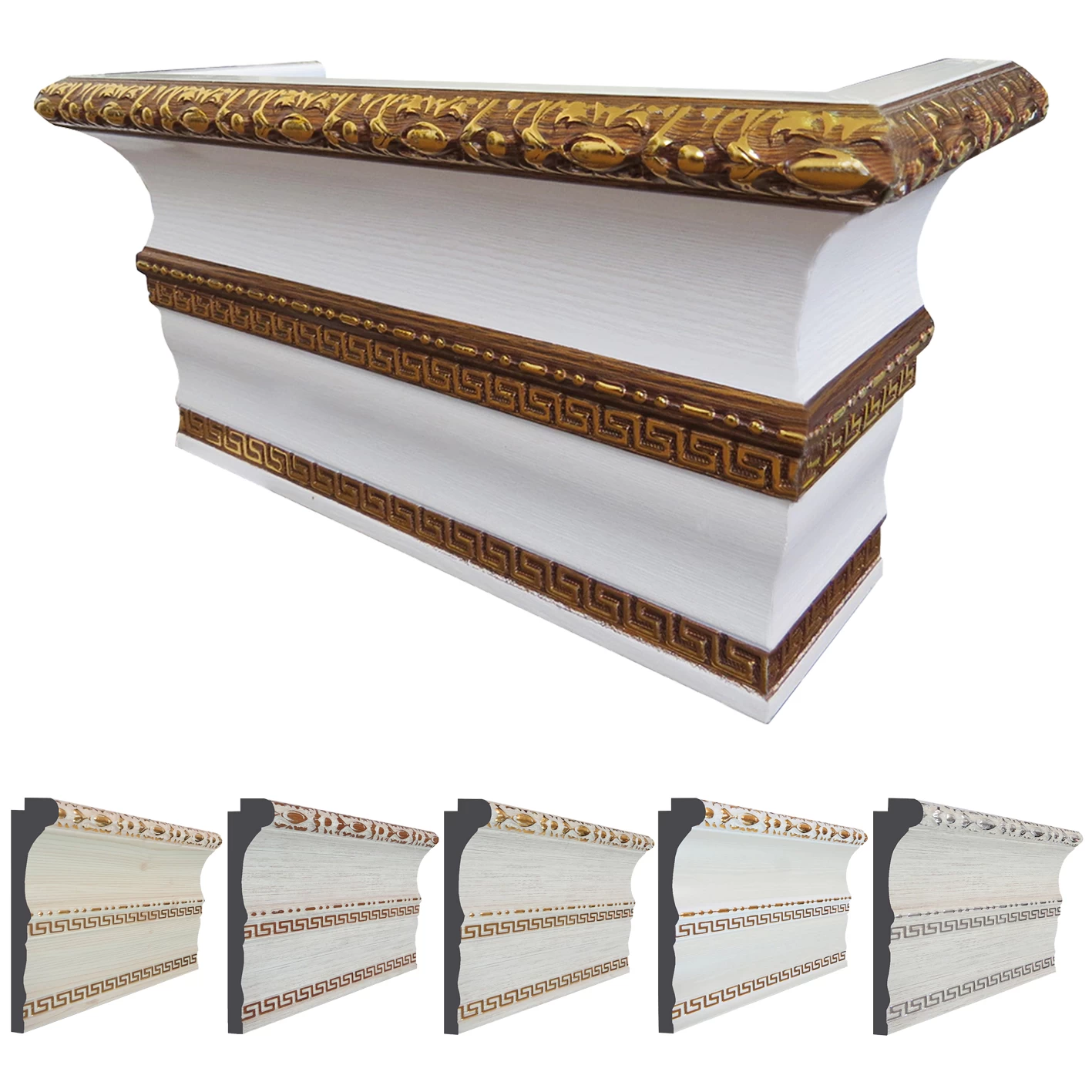
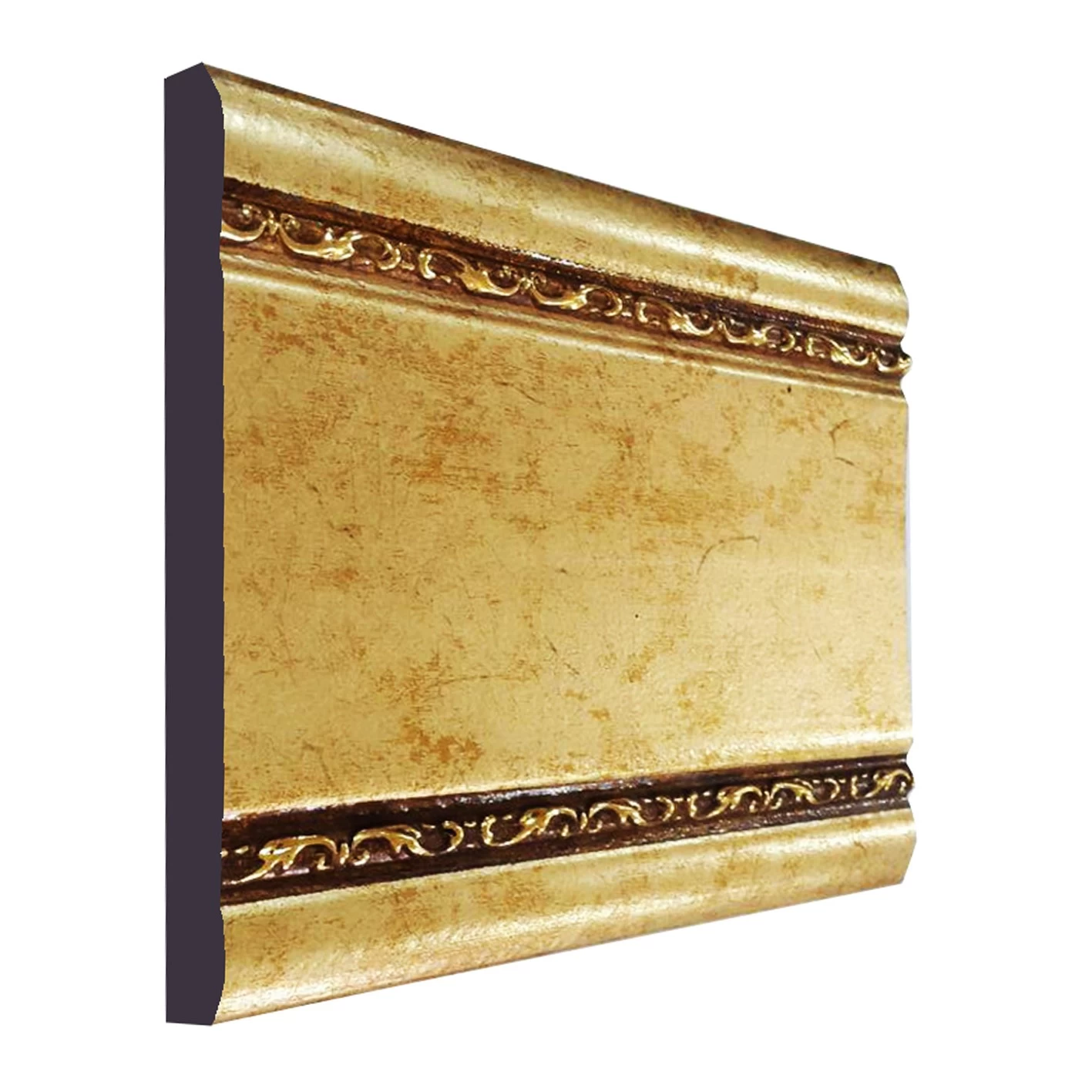
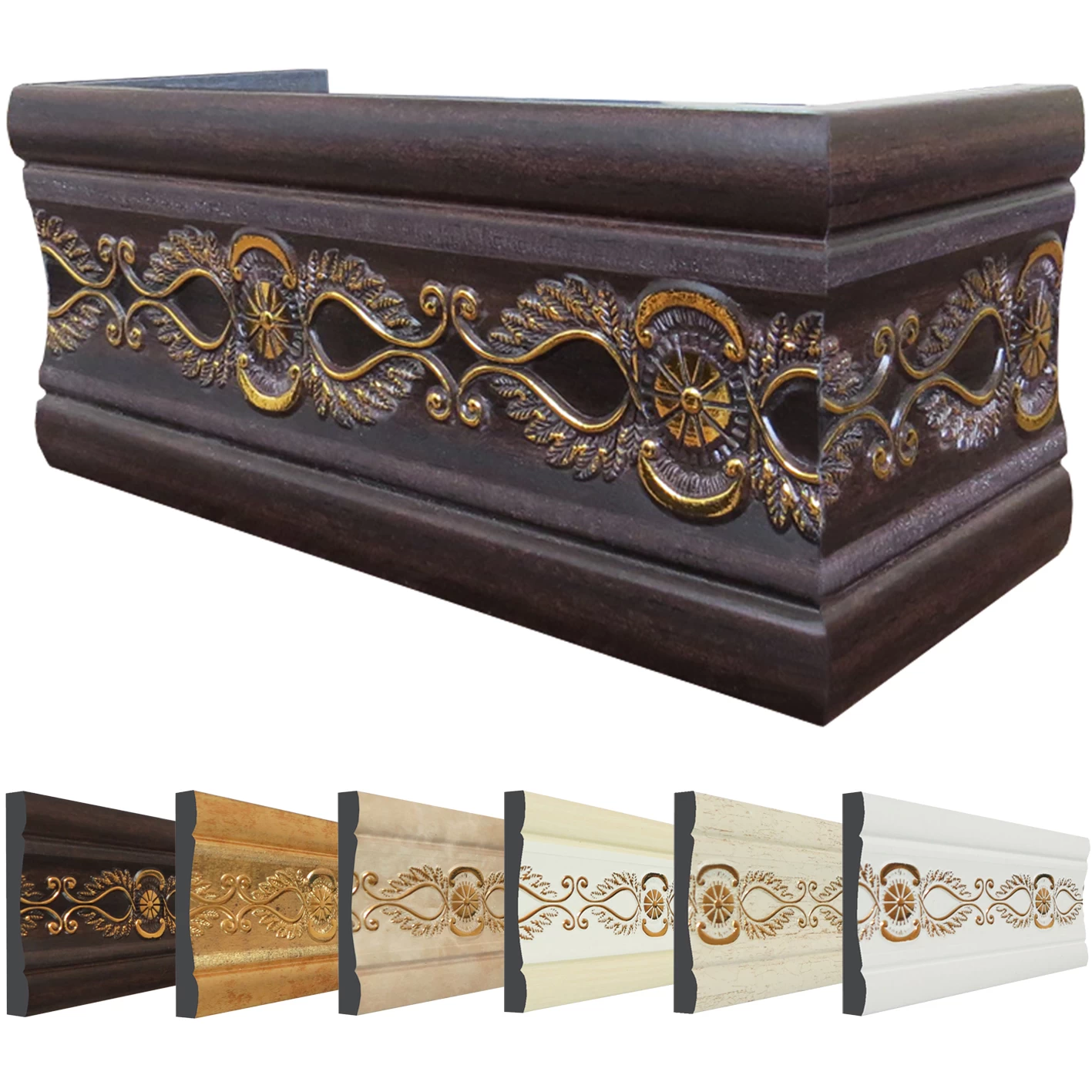
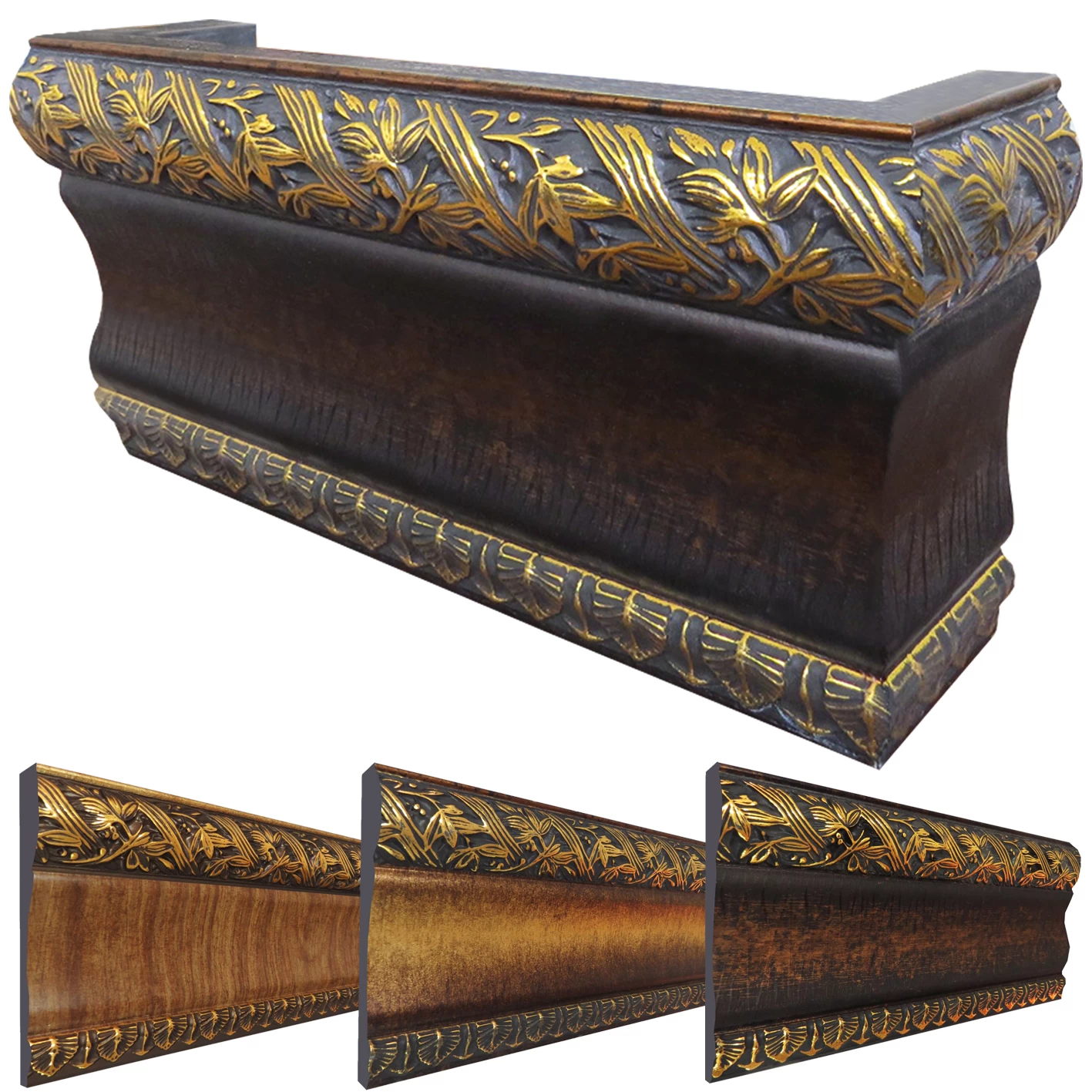
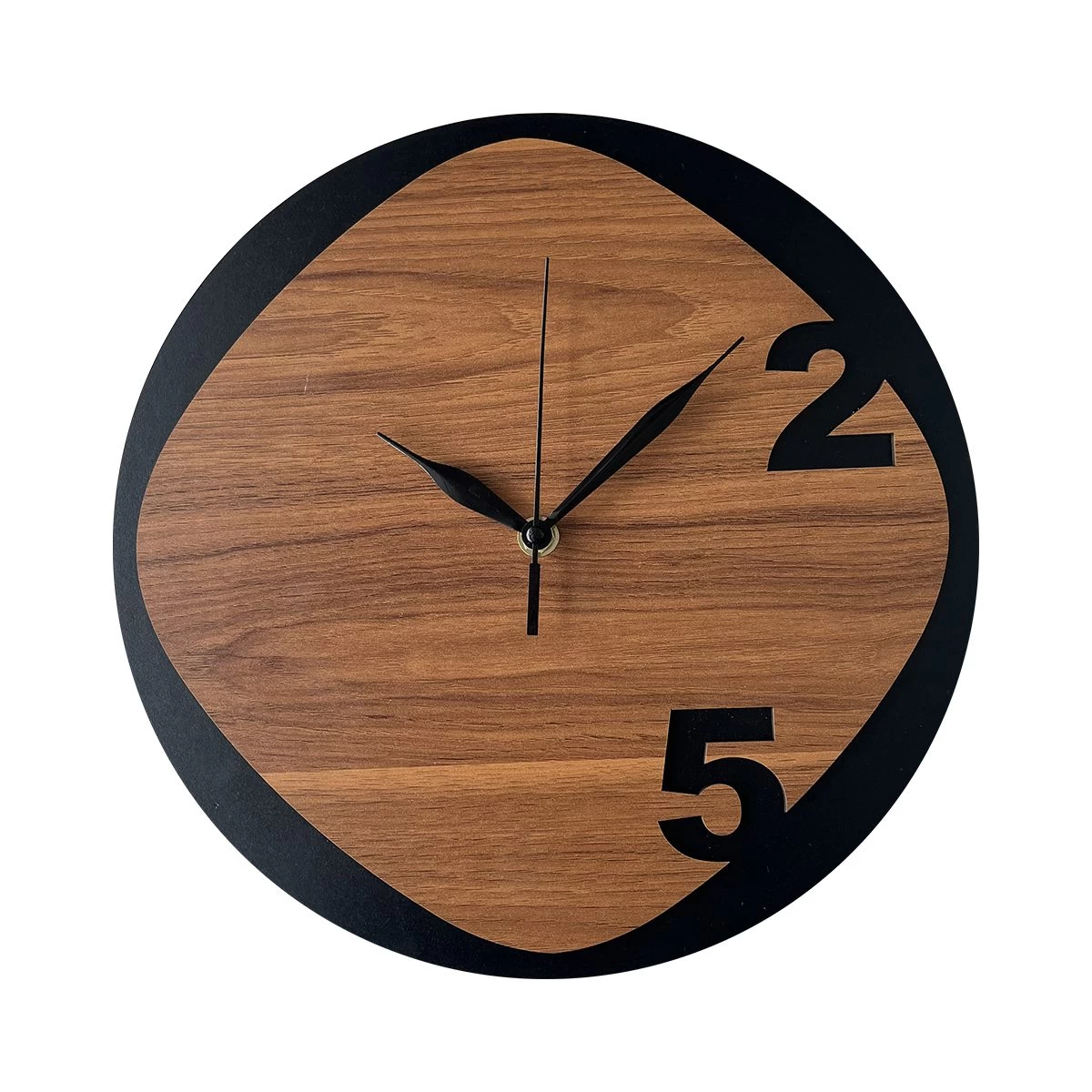

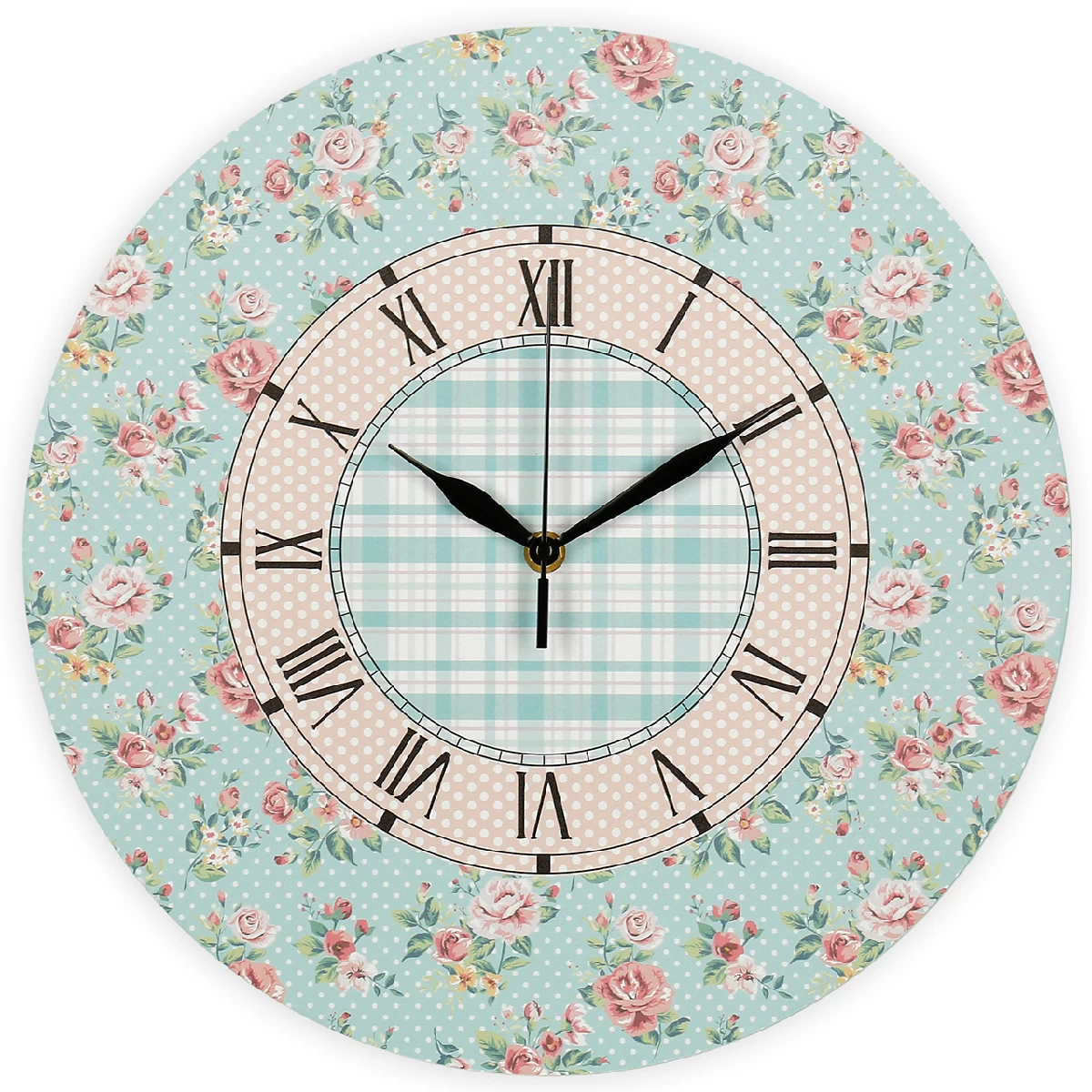
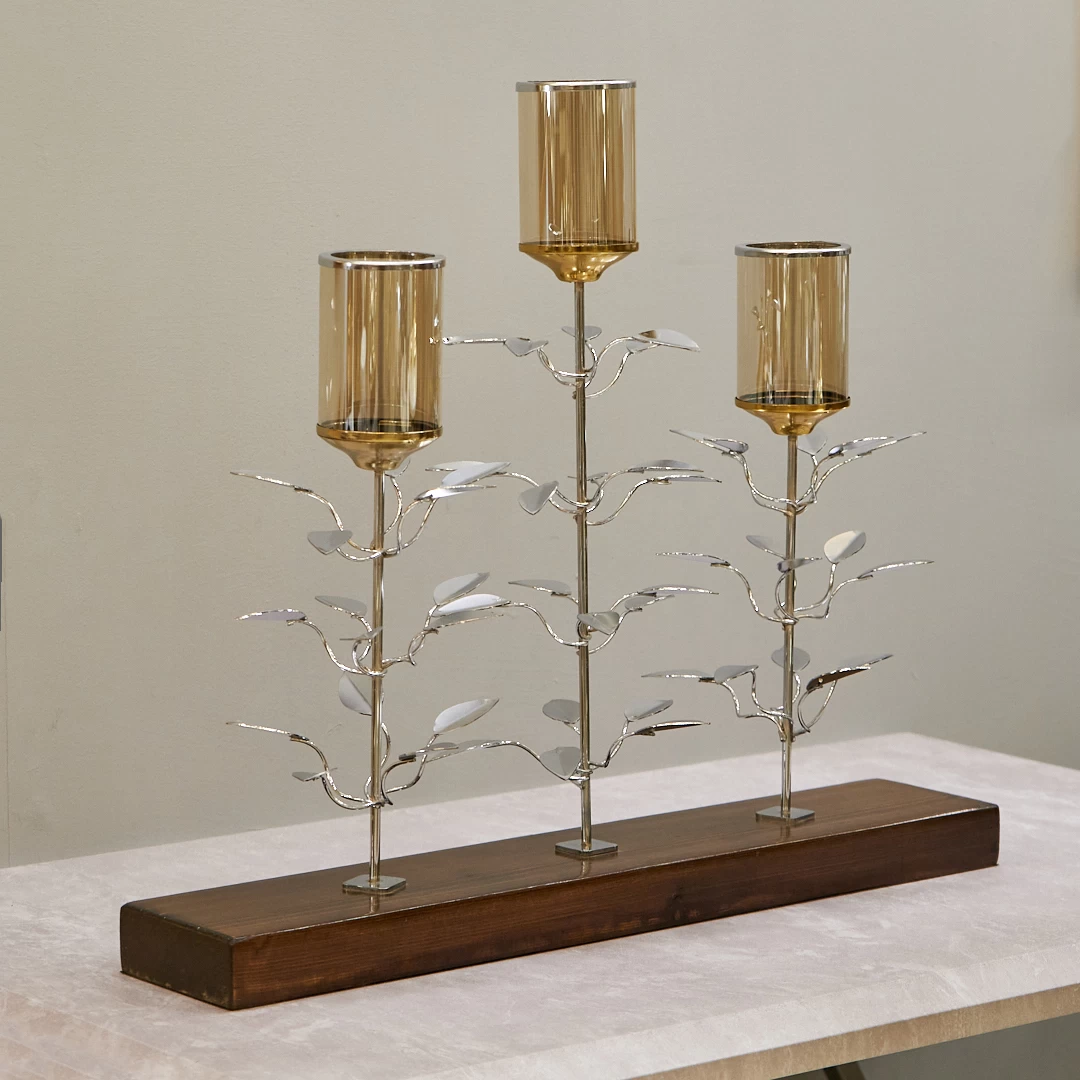

.webp)
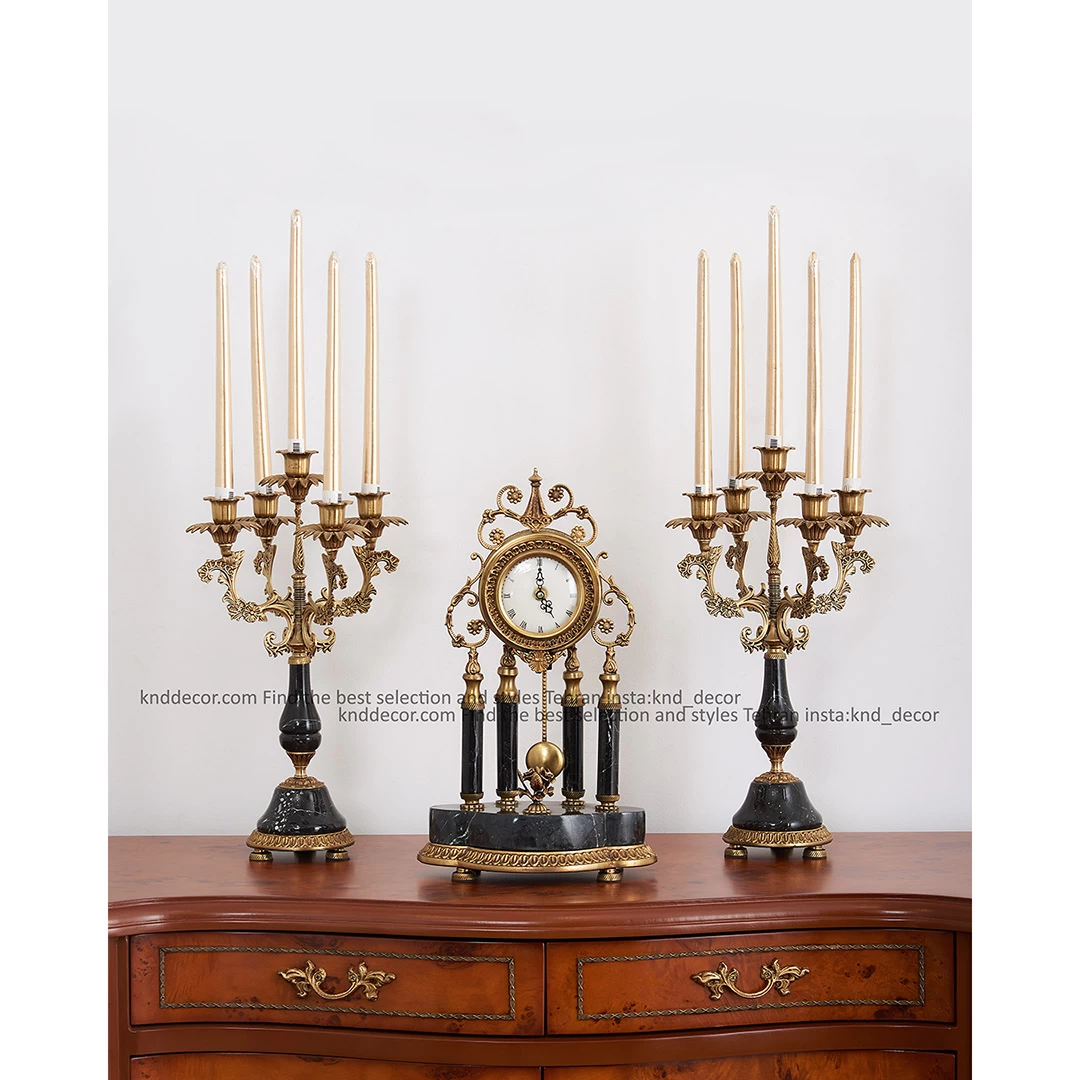
.webp)
